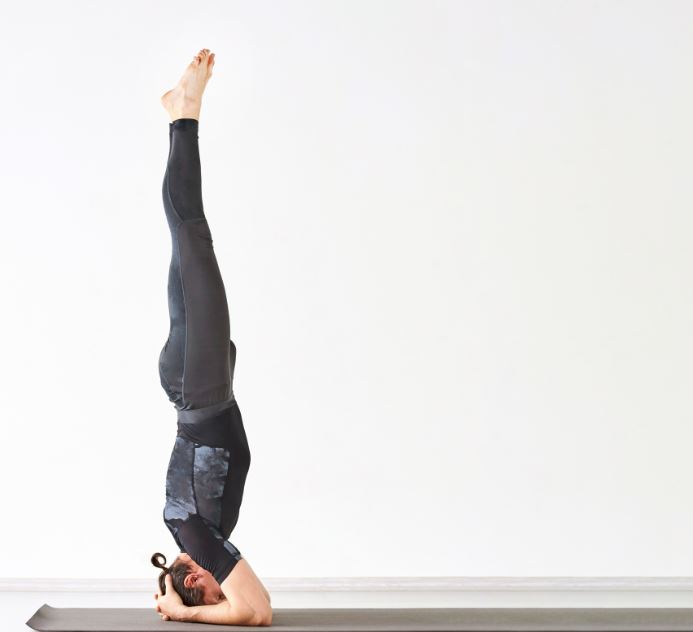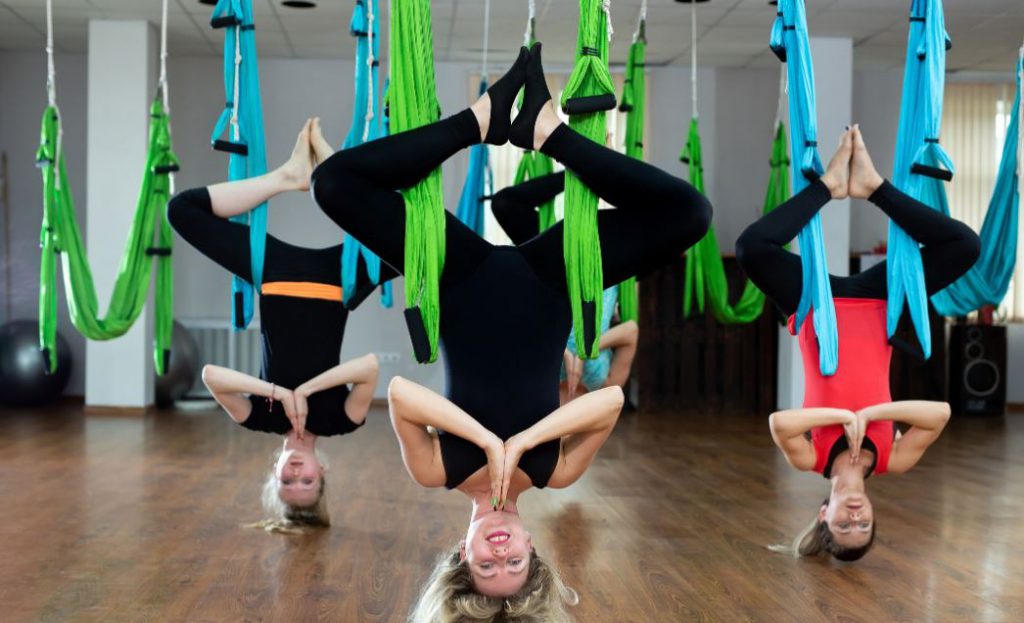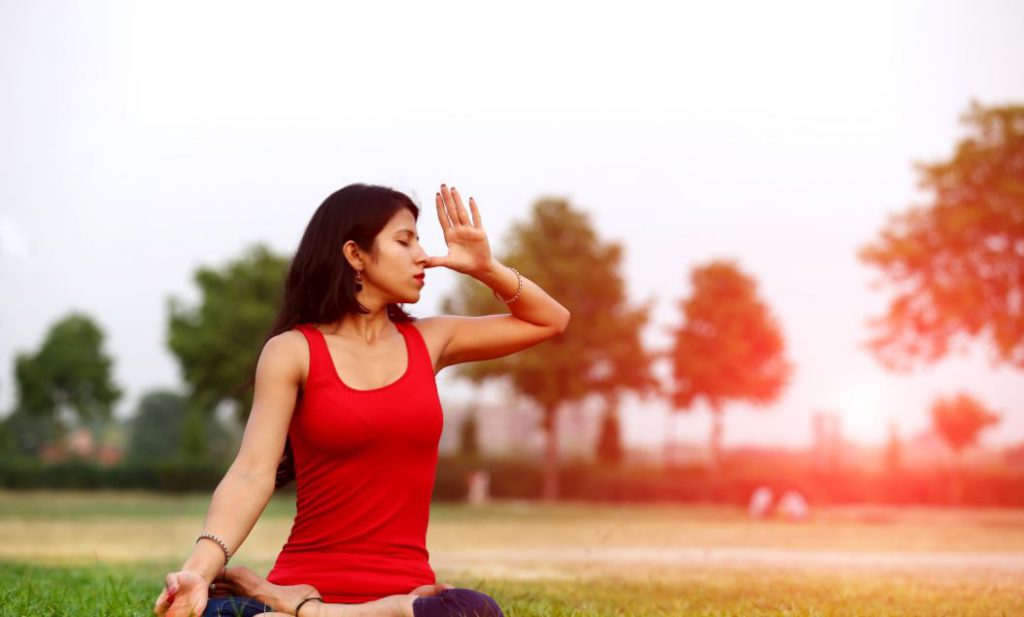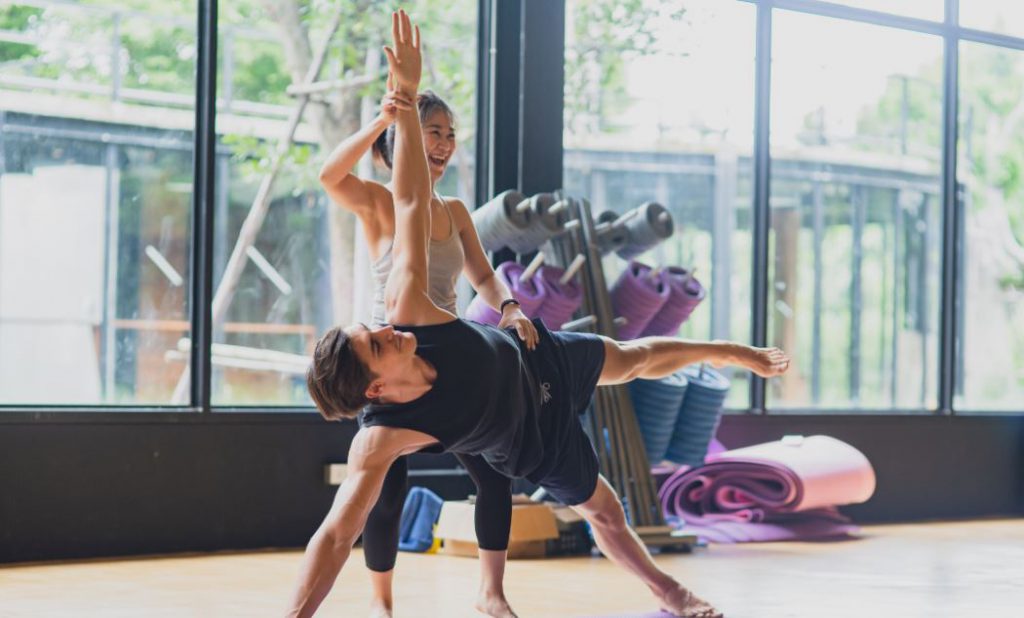How to Do Yoga Inversions for Beginners: A Step-by-Step Guide to Upside-Down Bliss
Yoga inversions, where the heart is elevated above the head, offer a plethora of physical and mental benefits. While inversions might seem intimidating to beginners, with the right guidance and a gradual approach, anyone can enjoy the transformative effects of these poses. In this detailed guide, we’ll explore step-by-step instructions for beginners to safely and confidently practice yoga inversions.
Understanding the Benefits of Yoga Inversions:
Before diving into the how-tos, let’s briefly explore why yoga inversions are worth incorporating into your practice:
-
Improved Circulation:
- Inversions facilitate blood flow to the brain, enhancing cognitive function and reducing mental fatigue.
-
Strengthened Core Muscles:
- Balancing in inversions engages the core muscles, contributing to improved strength and stability.
-
Enhanced Lymphatic Drainage:
- Inversions assist in lymphatic drainage, promoting the removal of toxins from the body and boosting the immune system.
-
Increased Energy and Vitality:
- The unique perspective of inversions invigorates the body, providing a natural energy boost.
-
Mind-Body Connection:
- Inversions challenge your balance and focus, fostering a deep connection between the mind and body.
Yoga Inversions for Beginners: Step-by-Step Guide:
-
Start with Downward-Facing Dog:
- Begin in a tabletop position, tuck your toes, and lift your hips towards the ceiling, forming an inverted V-shape.
- Keep your hands shoulder-width apart and your feet hip-width apart.
- Focus on lengthening your spine and pressing your heels toward the floor.
-
Practice Legs Up the Wall:
- Sit with your side against a wall and swing your legs up, lying on your back.
- Scoot your hips close to the wall and extend your legs vertically.
- This gentle inversion is ideal for beginners to get accustomed to being upside down.
-
Explore Dolphin Pose:
- From Downward-Facing Dog, lower onto your forearms, bringing your elbows directly under your shoulders.
- Lift your hips towards the ceiling, maintaining a straight line from your head to your tailbone.
-
Learn Supported Headstand with a Wall:
- Kneel in front of a wall, interlace your fingers, and place your forearms on the mat.
- Lower the crown of your head to the mat, forming a triangle with your hands and head.
- Lift your hips, walk your feet towards your face, and kick one leg up, bringing the other to follow.
-
Practice Shoulder Stand:
- Lie on your back, lift your legs towards the ceiling, and support your lower back with your hands.
- Engage your core and lift your hips off the ground, bringing your legs overhead.
- Support your back with your hands and extend your legs vertically.
-
Try Supported Handstand at the Wall:
- Face the wall, place your hands shoulder-width apart, and kick one leg up.
- Use the wall for support as you extend the other leg up, finding balance.
Safety Tips for Yoga Inversions:
-
Listen to Your Body:
- Pay attention to how your body feels in each inversion. If you experience discomfort or pain, ease out of the pose.
-
Use Props and Support:
- Props like blocks and bolsters can provide additional support, especially for poses like Supported Headstand.
-
Practice Consistency:
- Regular, consistent practice will build strength and confidence over time. Start with shorter durations and gradually increase as you become more comfortable.
-
Seek Guidance from a Teacher:
- Consider taking a class with a qualified yoga instructor, especially when attempting more advanced inversions. They can provide personalized guidance and ensure proper alignment.
Yoga inversions, though challenging, offer a myriad of benefits for both the body and mind. By following this step-by-step guide and incorporating safety tips, beginners can embark on a journey of exploring the upside-down world of inversions. Remember, patience and consistent practice are key to building strength and confidence in these poses. Whether you’re enjoying Legs Up the Wall or confidently balancing in Supported Handstand, each inversion is a unique opportunity to connect with your body, challenge your limits, and experience the joy of being upside down in your yoga practice.

Tips for Overcoming Fear and Building Confidence in Yoga Inversions:
-
Mindful Breathing:
- Focus on deep, steady breaths to calm the nervous system. Conscious breathing helps in staying present and easing anxiety associated with inversions.
-
Use a Spotter:
- When practicing more advanced inversions like Handstand, having a friend or yoga instructor as a spotter can provide an added sense of security. They can offer guidance and support as you work on your balance.
-
Practice Against a Clear Wall:
- Performing inversions near a clear wall can provide a visual reference and alleviate the fear of falling. The wall can act as a safety net, allowing you to gradually build confidence.
-
Progress Gradually:
- Begin with simpler inversions and progress gradually to more challenging poses. Consistent practice and incremental advancements contribute to a sense of accomplishment and confidence.
-
Visualization Techniques:
- Visualize yourself successfully holding the inversion. Positive visualization can help overcome mental barriers and create a mindset conducive to achieving your goals.
Common Mistakes to Avoid in Yoga Inversions:
-
Overlooking Alignment:
- Proper alignment is crucial for the safety and effectiveness of inversions. Avoid overarching or rounding the spine and pay attention to the position of your shoulders, elbows, and wrists.
-
Skipping the Warm-up:
- Adequate warm-up is essential before attempting inversions. Engage in gentle stretches and warm-up poses to prepare the body for the demands of being upside down.
-
Holding the Breath:
- Maintain a steady and controlled breath throughout the inversion. Holding the breath can increase tension and hinder your ability to find balance.
-
Forcing Progress:
- Avoid pushing yourself too hard or attempting advanced inversions without proper preparation. Respect your body’s limitations and progress at a pace that feels comfortable.
Expanding Your Inversion Practice:
-
Explore Forearm Stand (Pincha Mayurasana):
- From Dolphin Pose, slowly lift one leg, and then the other, to come into Forearm Stand. This inversion enhances shoulder strength and stability.
-
Experiment with Crow Pose (Bakasana):
- Crow Pose is an arm balance that introduces an inversion element. Mastering Crow Pose can build the strength and confidence needed for more advanced inversions.
-
Attend Inversion Workshops:
- Participating in inversion-focused workshops or classes led by experienced instructors can provide valuable insights, personalized feedback, and a supportive community.
Embarking on the journey of yoga inversions as a beginner is a thrilling and rewarding experience. By incorporating the tips for overcoming fear, avoiding common mistakes, and gradually expanding your practice, you’ll not only build physical strength but also cultivate mental resilience and confidence. Remember that each inversion is a step toward greater self-discovery and a deeper connection with your body. As you progress on this invigorating path, celebrate the small victories, stay patient, and revel in the joy of turning your world upside down through the transformative practice of yoga inversions.




